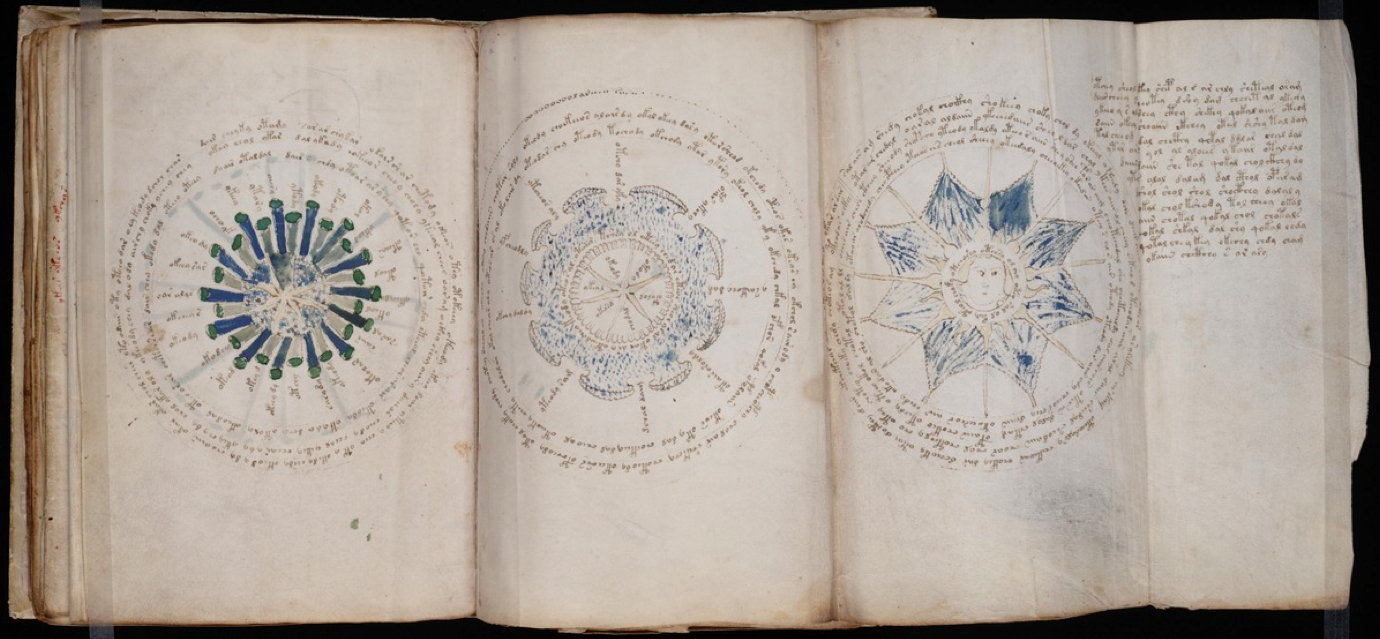

All the researchers so far have guessed and fooled public. Please widen your knowledge as I have detailed as much as possible, There is no alternative to this, because this is the truth. The character hiding and mixing still happens in business communities in remote villages in Multan in Pakistan, to this day. If you study the history of Landa languages. I have provided proofs for the whole alphabet comparing it with the existing written characters available from Multani, Khudabadi, Khojki, Landa, Mahajani languages.Įach character is defined, no guess work here.


I hope, my explanation will lead to resolving the Voynich manuscript once and for all. My name is Sukhwant Singh and I have extensively researched in depth on MS-408 better known as the Voynichmanuscript. The extended special script in the steeped (third paragraph), look to me like a shorthand for representing emulsion time or magnitude of a measurment ( e.g., aroma, length of brew, heat applied, etc.). It has an introduction, then two distinct paragraphs representing unsteeped and steeped analyses. I see a young person doing this who is learning, but bored at times. Strikingly, the root system of each plant is focused the upper portions of the plants seem surreal. A couple glasses of wine and they'd be the same though the sharp changes in the stroke vs smooth changes, make me feel like these are not the same the characters.Īdditionally, this "feels" like a scientific log book. Several of the characters look different, but feel similar. As if the opening paragraph is a question or assertion that would be well known at the time. I agree it feels Islamic, but has a structure of Latin imo. So much so that it is almost desirable to write, but with speed and little thought to the purpose. It feels like a cursive stroke that is fun, but also, routine. I find the rare character sequences not surprising when I hand write the script.


 0 kommentar(er)
0 kommentar(er)
